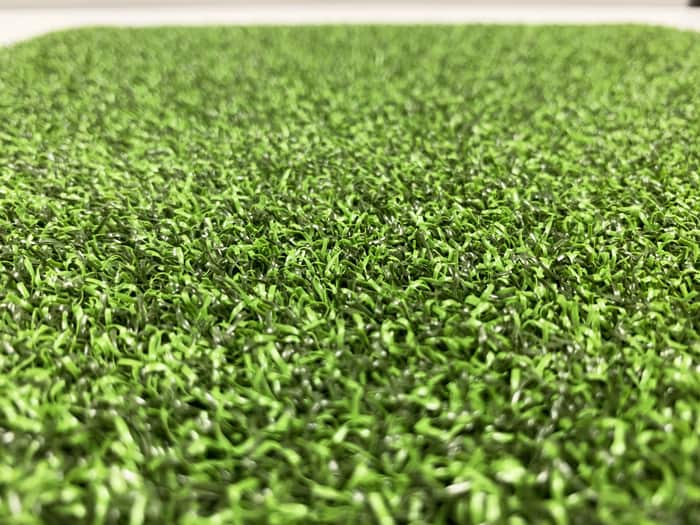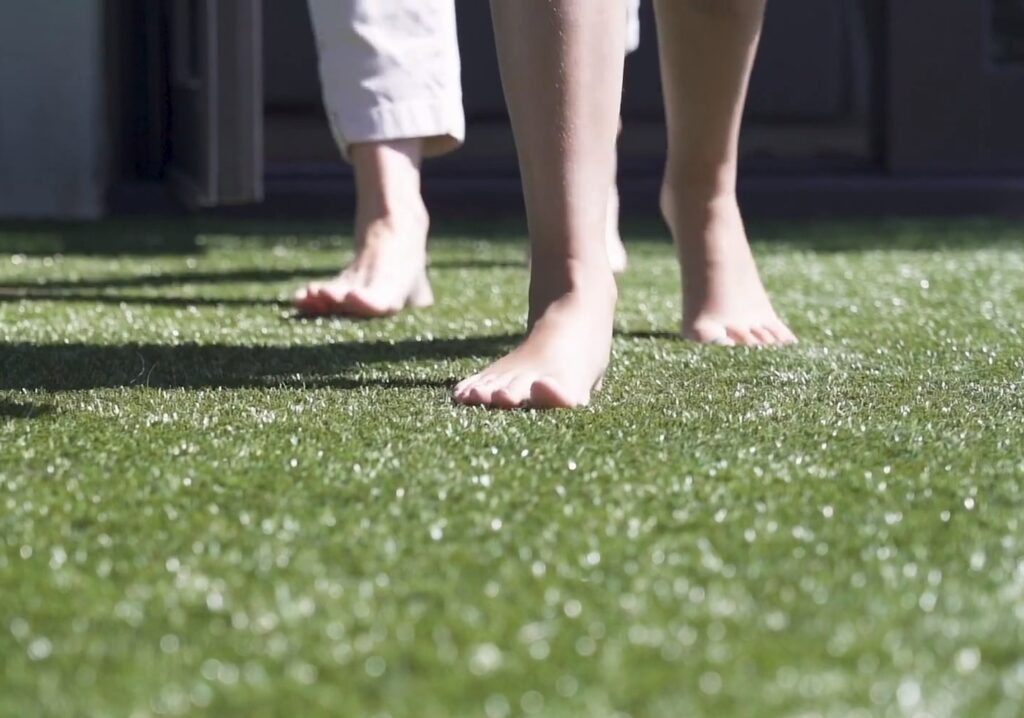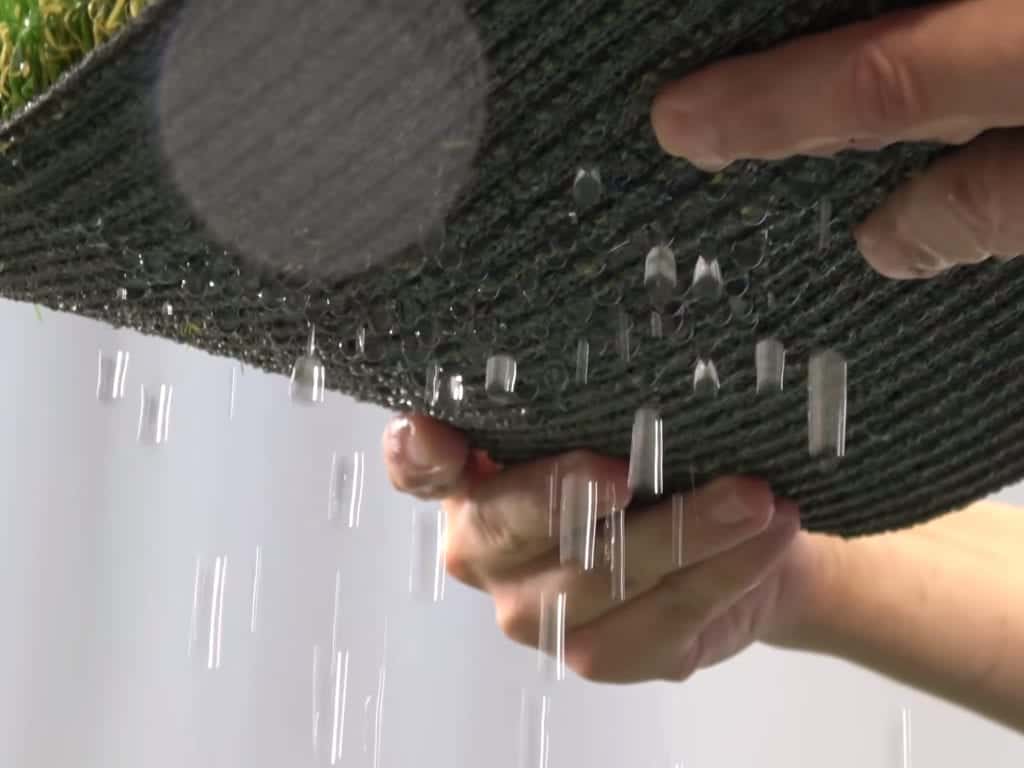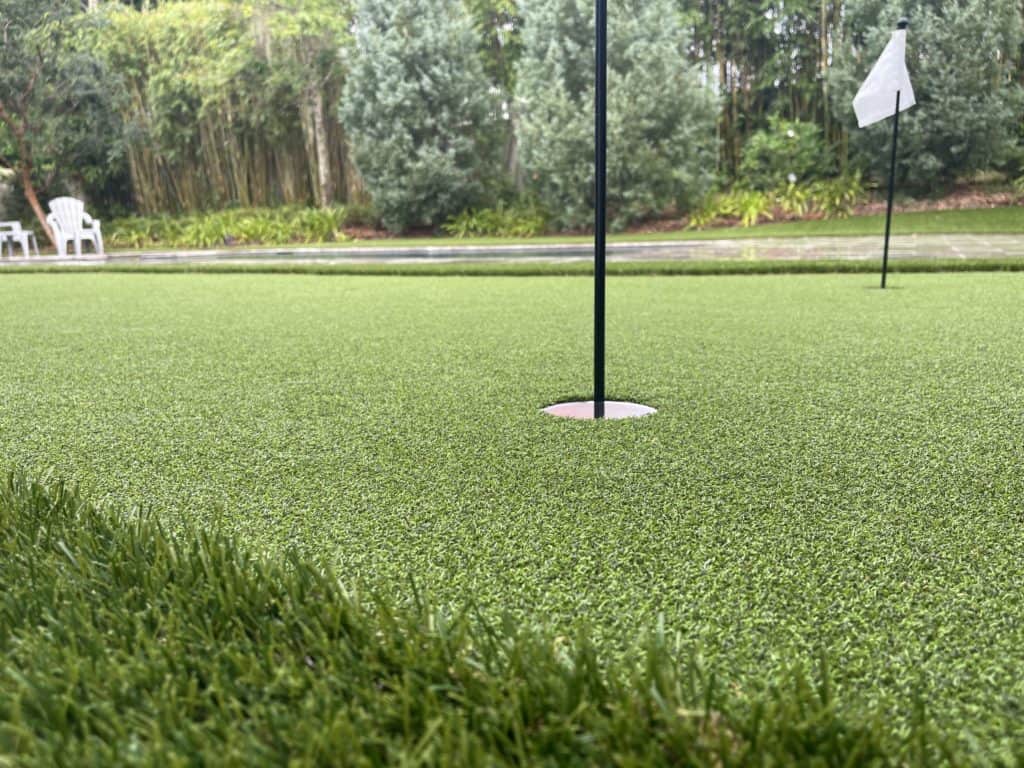Call us at 855-464-8873 or Schedule a Consultation
Artificial turf, often called “astroturf,” is available in various types designed for different applications. The material choice can significantly impact your landscape’s appearance and functionality. While personal preference is important, understanding your project’s specific needs is crucial in selecting the right artificial turf product.



Investing in artificial grass typically addresses specific concerns. Are you seeking a low-maintenance front yard, a mud-free backyard for pets and children, or a personal backyard putting green? Your objectives will determine whether you choose residential landscape turf, pet turf, or golf turf. Let’s explore these categories to help you select the perfect type of synthetic grass for your needs.
The artificial turf industry has evolved significantly. Gone are the days of cheap, green, carpet-like turf. Modern options, even those at the lower end, look natural and grass-like. Here are some considerations for selecting the best artificial turf for your project:

For pet owners, choosing pet-friendly turf is crucial. Pet turf features a permeable backing to allow for proper drainage, preventing urine from absorbing into the turf and causing odors. These products typically have shorter fibers, ideal for withstanding the regular wear and tear from playful pets. ProGreen’s ProFlow backing is fully permeable, making it an excellent choice for pet areas.

Building a putting green requires specific turf types. You cannot use landscape turf for putting surfaces. Putting green turf, often made of polypropylene or nylon, has a shorter pile height (around 1.125 inches for polypropylene and 0.5625 inches for nylon). A fringe of slightly taller turf can be added around the putting surface for a more realistic look.

The pile height of landscape artificial turf varies from 1.125 to 2.5 inches, and even shorter for putting green applications. Shorter turf is ideal for athletic areas or high-traffic backyards, as it remains upright under heavy use, much like how a short stick is harder to bend than a long one. Taller turf is better suited for aesthetic purposes in low-traffic areas, such as front yards. These variations in fiber height help distinguish the different types of artificial turf and their suitable applications.
Turf weight is measured in pounds per square yard, known as “Face Weight” for the turf fibers alone. Some companies may also list “Total Weight,” which includes the backing weight. On average, the face weight of a product usually ranges anywhere from 50 to 110 ounces per square yard. Higher face weight indicates denser, more resilient turf, ideal for high-traffic areas.
Artificial turf is available in a spectrum of green shades, ranging from bright lime to dark olive. This variety in fiber color, combined with the addition of brown or tan thatch, helps to mimic the natural grasses specific to different regions. This careful color blending ensures that the turf seamlessly integrates with its surroundings, providing a realistic and natural appearance.
Understanding the combination of height and weight is crucial for choosing the right turf:
Selecting the right type of artificial turf is essential for achieving the desired look and functionality of your landscape. With options designed for various applications, including residential landscapes, pet areas, and putting greens, understanding your specific needs will guide you in making the best choice. Consider factors such as pile height, weight, and color to ensure the turf you choose seamlessly integrates with your surroundings and meets your durability requirements.
Artificial turf has come a long way, offering natural aesthetics and practical benefits. Whether you need a low-maintenance lawn, a safe play area for pets and children, or a personal putting green, there’s a high-quality turf option to suit your needs.
If you’re ready to enhance your outdoor space with artificial turf, contact us today for a free in-home estimate. Our experts will help you select the perfect product to transform your landscape into a beautiful, functional, and low-maintenance environment.